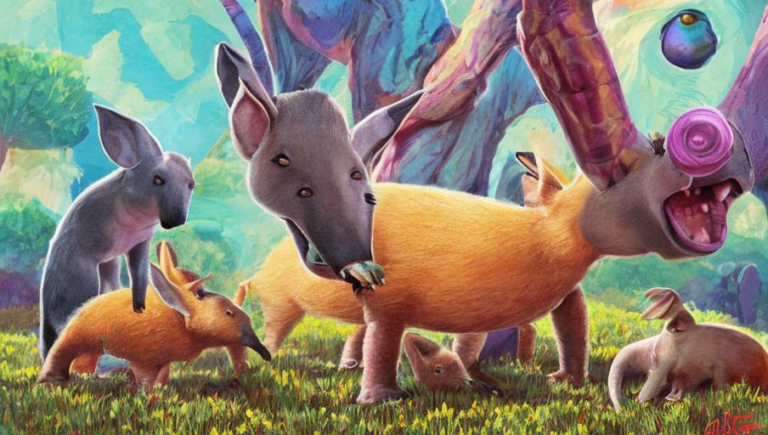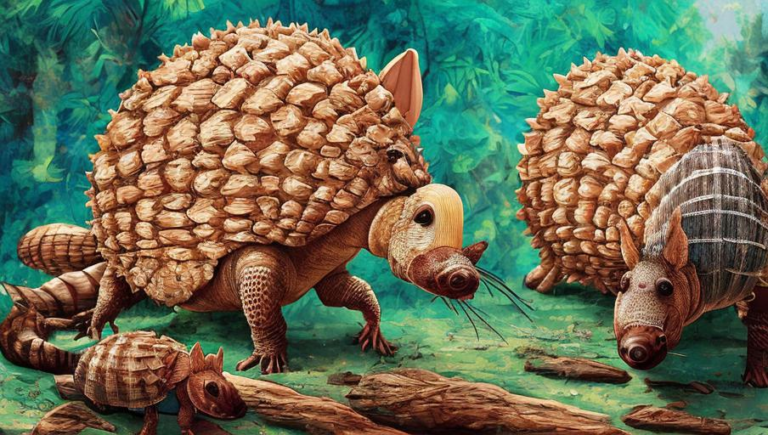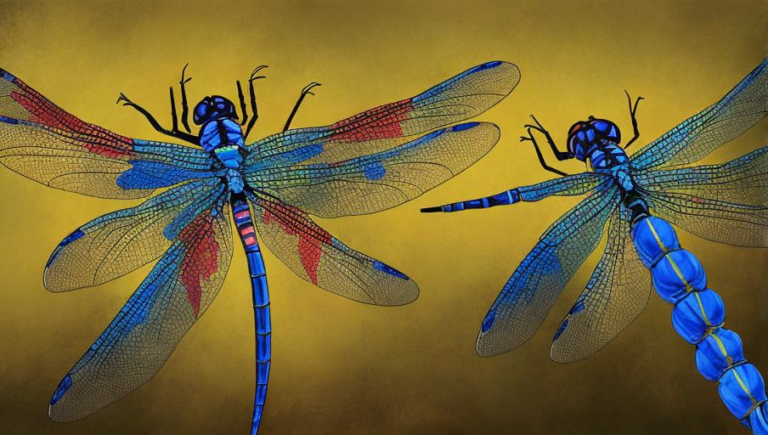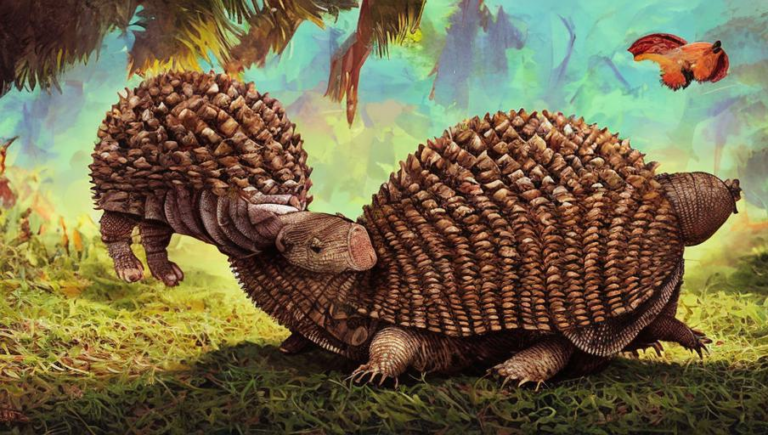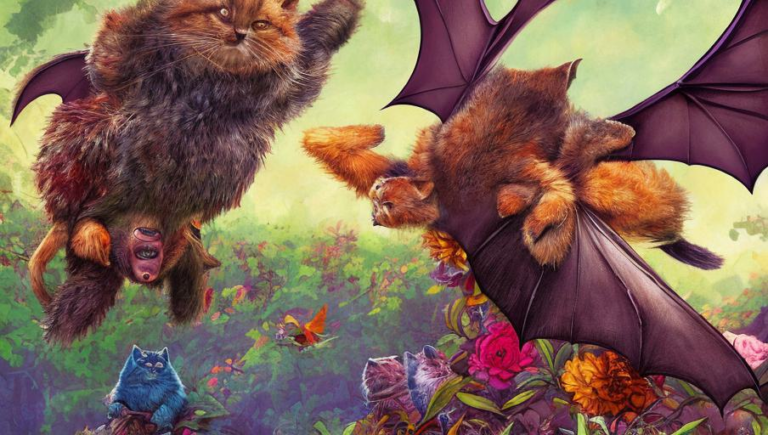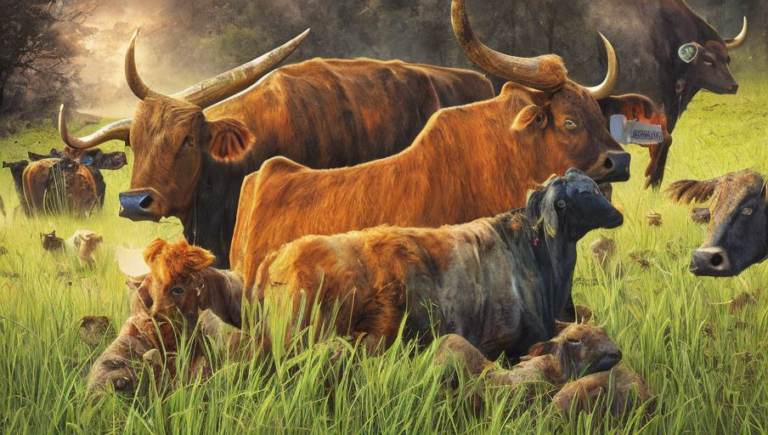Endangered Cranes Around the World
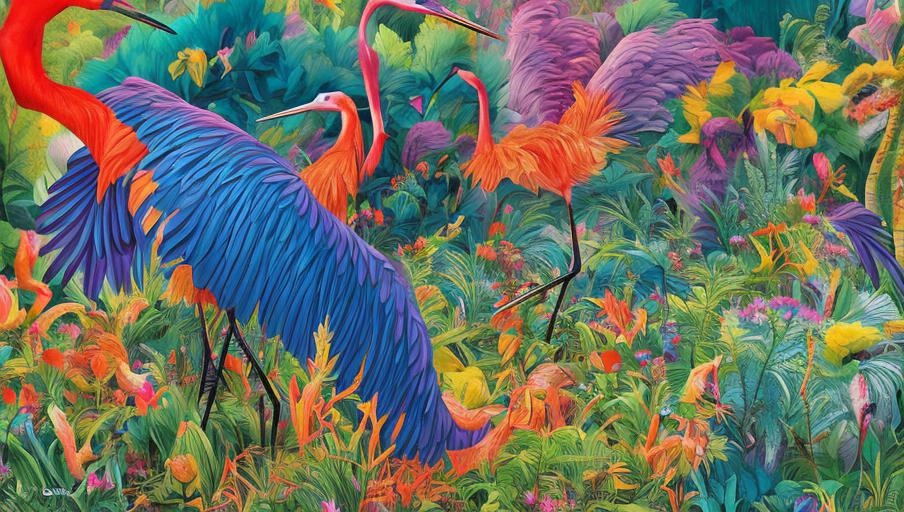
The Plight of Cranes Worldwide
Cranes are majestic creatures that have long been admired by humans, but these remarkable birds are in danger. The International Union for Conservation of Nature (IUCN) Red List of Threatened Species lists 15 crane species as “endangered” or “critically endangered” due to human activities, such as habitat destruction and hunting. Cranes are also threatened by climate change, as rising temperatures and extreme weather can reduce the amount of food and nesting sites available to them.
The Whooping Crane
The whooping crane is one of the largest and most endangered crane species in the world. It is a native of North America, found in the wetlands of Canada and the United States. The whooping crane’s population has decreased drastically due to habitat destruction, and it is estimated that there are currently only about 500 birds in the wild. Conservation efforts have been successful in helping the population to recover, and the whooping crane is now listed as “vulnerable” on the IUCN Red List.
The Sarus Crane
The sarus crane is one of the world’s tallest species of crane, and it is found in South and Southeast Asia. It is classified as “vulnerable” on the IUCN Red List due to habitat destruction and hunting. The sarus crane’s population has decreased significantly in India, where it is estimated that only about 2,500 birds remain. In other countries, such as Cambodia, the population is thought to be even smaller.
The Red-Crowned Crane
The red-crowned crane is a species of crane found in East Asia, including Japan, China, and the Korean peninsula. It is listed as “endangered” on the IUCN Red List due to habitat destruction and hunting. The red-crowned crane’s population has decreased significantly due to human activities, and it is estimated that there are only about 2,000 birds left in the wild.
Conservation Efforts
Conservation efforts are underway to help protect crane species around the world. Organizations such as the International Crane Foundation and the Conservation of Cranes Foundation are working to protect crane habitats and stop illegal hunting. Additionally, many countries are now protecting crane species through legislation and creating protected areas for them.
Conclusion
Cranes are remarkable and majestic creatures, but they are in danger due to human activities. It is important that we work to protect crane habitats and stop illegal hunting. Conservation organizations and governments are working to protect crane species around the world, but more must be done to ensure their survival.
